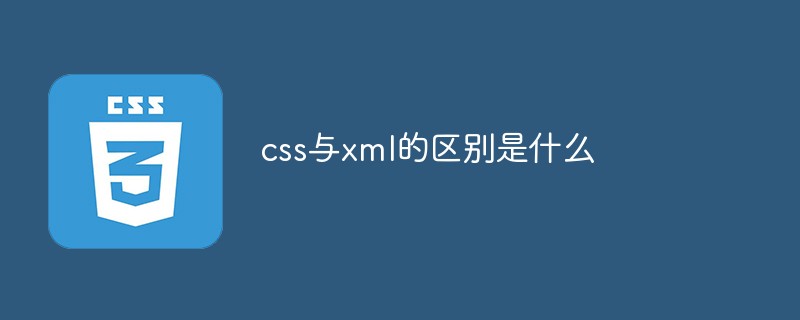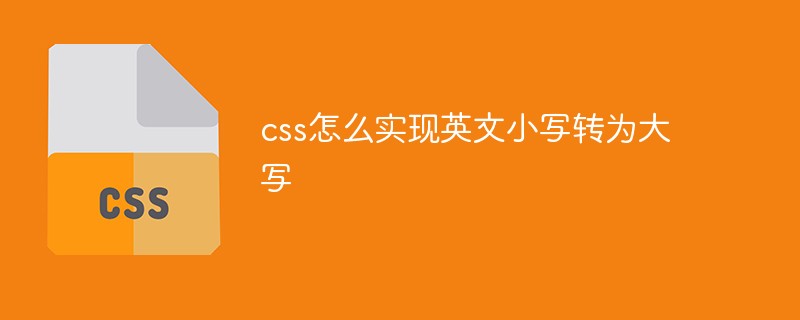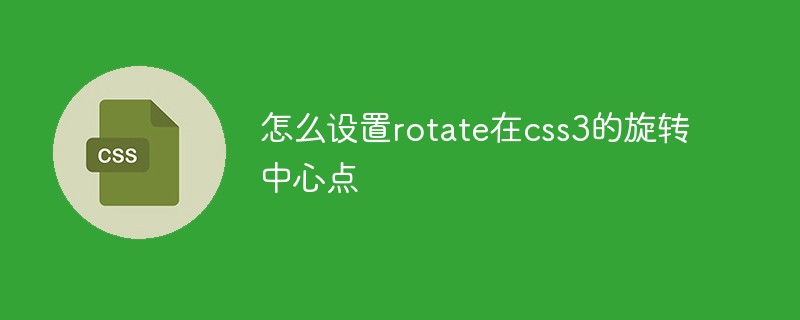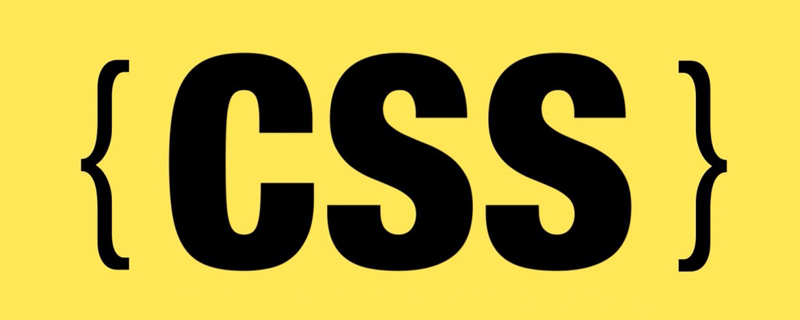AnalysisCSS list styleAttribute list-style
In daily production pages, the attribute list-style can be commonly used in list-item objects, but it is not used deeply. Generally, it is almost OK to reset the entire page by setting it to none. Maybe many people, including myself, don’t know much about the more detailed attributes of the attribute list-style-type. It is more likely that the attributes list-style and The concept of attribute list-style-type is relatively vague. It is now necessary to bring it up and learn it again, so it is organized as follows.
Yihe usage
list-style shorthand attribute sets all list attributes in one statement.
Description
This attribute is a shorthand attribute that covers all other list style attributes. Since it applies to all elements with display list-item, it can only be used on li elements in normal HTML and XHTML, but in fact it can be applied to any element and is inherited by list-item elements.
The following attributes can be set in order:
•list-style-type
•list-style-position
•list-style -image
##◆list-style
Set the image as an item tag in the list:
ul
{
list-style-image:url("/i/arrow.gif");
list-style-type:square;
}Example<html>
<head>
<style type="text/css">
ul
{
list-style-image: url('/i/eg_arrow.gif')
}
</style>
</head>
<body>
<ul>
<li>咖啡</li>
<li>茶</li>
<li>可口可乐</li>
</ul>
</body>
</html>◆list-style-positionDescription: Sets or retrieves how the list item tags as objects are arranged according to the text. If a list item's left margin (Value:outside: Default value. The list item mark is placed outside the text, and the surrounding text is not aligned according to the mark inside: The list item mark is placed inside the text, and the surrounding text is aligned according to the mark Example Specifies inside the list Position of list item mark:
ul
{
list-style-position:inside;
}Example<html>
<head>
<style type="text/css">
ul.inside
{
list-style-position: inside
}
ul.outside
{
list-style-position: outside
}
</style>
</head>
<body>
<p>该列表的 list-style-position 的值是 "inside":</p>
<ul class="inside">
<li>Earl Grey Tea - 一种黑颜色的茶</li>
<li>Jasmine Tea - 一种神奇的“全功能”茶</li>
<li>Honeybush Tea - 一种令人愉快的果味茶</li>
</ul>
<p>该列表的 list-style-position 的值是 "outside":</p>
<ul class="outside">
<li>Earl Grey Tea - 一种黑颜色的茶</li>
<li>Jasmine Tea - 一种神奇的“全功能”茶</li>
<li>Honeybush Tea - 一种令人愉快的果味茶</li>
</ul>
</body>
</html>Browser supportAll browsers support the list-style-position attribute. Note: The attribute value "inherit" is not supported by any version of Internet Explorer (including IE8).
◆list-style-type
This example changes the type of the list:
<html>
<head>
<script type="text/javascript">
function changeList()
{
document.getElementById("ul1").style.listStyle="decimal inside";
}
</script>
</head>
<body>
<ul id="ul1">
<li>Coffee</li>
<li>Tea</li>
<li>Water</li>
<li>Soda</li>
</ul>
<input type="button" onclick="changeList()"
value="Change list style" />
</body>
</html>The above is the detailed content of CSS: Detailed explanation of the usage of list-style list style. For more information, please follow other related articles on the PHP Chinese website!
 css ul标签怎么去掉圆点Apr 25, 2022 pm 05:55 PM
css ul标签怎么去掉圆点Apr 25, 2022 pm 05:55 PM在css中,可用list-style-type属性来去掉ul的圆点标记,语法为“ul{list-style-type:none}”;list-style-type属性可设置列表项标记的类型,当值为“none”可不定义标记,也可去除已有标记。
 css与xml的区别是什么Apr 24, 2022 am 11:21 AM
css与xml的区别是什么Apr 24, 2022 am 11:21 AM区别是:css是层叠样式表单,是将样式信息与网页内容分离的一种标记语言,主要用来设计网页的样式,还可以对网页各元素进行格式化;xml是可扩展标记语言,是一种数据存储语言,用于使用简单的标记描述数据,将文档分成许多部件并对这些部件加以标识。
 css3怎么实现鼠标隐藏效果Apr 27, 2022 pm 05:20 PM
css3怎么实现鼠标隐藏效果Apr 27, 2022 pm 05:20 PM在css中,可以利用cursor属性实现鼠标隐藏效果,该属性用于定义鼠标指针放在一个元素边界范围内时所用的光标形状,当属性值设置为none时,就可以实现鼠标隐藏效果,语法为“元素{cursor:none}”。
 rtl在css是什么意思Apr 24, 2022 am 11:07 AM
rtl在css是什么意思Apr 24, 2022 am 11:07 AM在css中,rtl是“right-to-left”的缩写,是从右往左的意思,指的是内联内容从右往左依次排布,是direction属性的一个属性值;该属性规定了文本的方向和书写方向,语法为“元素{direction:rtl}”。
 css怎么设置i不是斜体Apr 20, 2022 am 10:36 AM
css怎么设置i不是斜体Apr 20, 2022 am 10:36 AM在css中,可以利用“font-style”属性设置i元素不是斜体样式,该属性用于指定文本的字体样式,当属性值设置为“normal”时,会显示元素的标准字体样式,语法为“i元素{font-style:normal}”。
 css怎么实现英文小写转为大写Apr 25, 2022 pm 06:35 PM
css怎么实现英文小写转为大写Apr 25, 2022 pm 06:35 PM转换方法:1、给英文元素添加“text-transform: uppercase;”样式,可将所有的英文字母都变成大写;2、给英文元素添加“text-transform:capitalize;”样式,可将英文文本中每个单词的首字母变为大写。
 怎么设置rotate在css3的旋转中心点Apr 24, 2022 am 10:50 AM
怎么设置rotate在css3的旋转中心点Apr 24, 2022 am 10:50 AM在css3中,可以用“transform-origin”属性设置rotate的旋转中心点,该属性可更改转换元素的位置,第一个参数设置x轴的旋转位置,第二个参数设置y轴旋转位置,语法为“transform-origin:x轴位置 y轴位置”。


Hot AI Tools

Undresser.AI Undress
AI-powered app for creating realistic nude photos

AI Clothes Remover
Online AI tool for removing clothes from photos.

Undress AI Tool
Undress images for free

Clothoff.io
AI clothes remover

AI Hentai Generator
Generate AI Hentai for free.

Hot Article

Hot Tools

Dreamweaver CS6
Visual web development tools

DVWA
Damn Vulnerable Web App (DVWA) is a PHP/MySQL web application that is very vulnerable. Its main goals are to be an aid for security professionals to test their skills and tools in a legal environment, to help web developers better understand the process of securing web applications, and to help teachers/students teach/learn in a classroom environment Web application security. The goal of DVWA is to practice some of the most common web vulnerabilities through a simple and straightforward interface, with varying degrees of difficulty. Please note that this software

WebStorm Mac version
Useful JavaScript development tools

Atom editor mac version download
The most popular open source editor

MinGW - Minimalist GNU for Windows
This project is in the process of being migrated to osdn.net/projects/mingw, you can continue to follow us there. MinGW: A native Windows port of the GNU Compiler Collection (GCC), freely distributable import libraries and header files for building native Windows applications; includes extensions to the MSVC runtime to support C99 functionality. All MinGW software can run on 64-bit Windows platforms.







